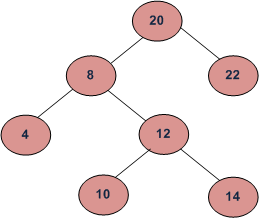Given a collection of candidate numbers (C) and a target number (T), find all unique combinations in C where the candidate numbers sums to T.
Each number in C may only be used once in the combination.
Note:
- All numbers (including target) will be positive integers.
- Elements in a combination (a1, a2, … , ak) must be in non-descending order. (ie, a1 ≤ a2 ≤ … ≤ ak).
- The solution set must not contain duplicate combinations.
For example, given candidate set
A solution set is:
10,1,2,7,6,1,5 and target 8, A solution set is:
[1, 7] [1, 2, 5] [2, 6] [1, 1, 6] Answer:
Using the code for Combination Sum, differentce:
1. just add while() loop code to avoid push the same element in a same level in DFS when pop back an element in a level.
2. for the further level, the start index should be (i+1) instead of (i), as each element can only be used once!
class Solution {
public:
vector<vector<int> > combinationSum2(vector<int> &num, int target) {
sort(num.begin(),num.end());
vector<int> subres;
vector<vector<int>> res;
conbinationSumDFS(subres,res,num,0,target);
return res;
}
void conbinationSumDFS(vector<int> &subres, vector<vector<int>> &res, vector<int> &num, int start, int sum){
if(sum==0){
res.push_back(subres);
return;
}
for(int i= start; i< num.size();++i){
if(num[i] <= sum){
subres.push_back(num[i]);
conbinationSumDFS(subres,res,num,i+1,sum-num[i]); //Note the start index is i+1, for each ele can only be used once!
subres.pop_back();
while(i+1 < num.size() && num[i] == num[i+1]){ //To avoid push same element in a same level.
++i;
}
}
else
break;
}
return;
}
};
